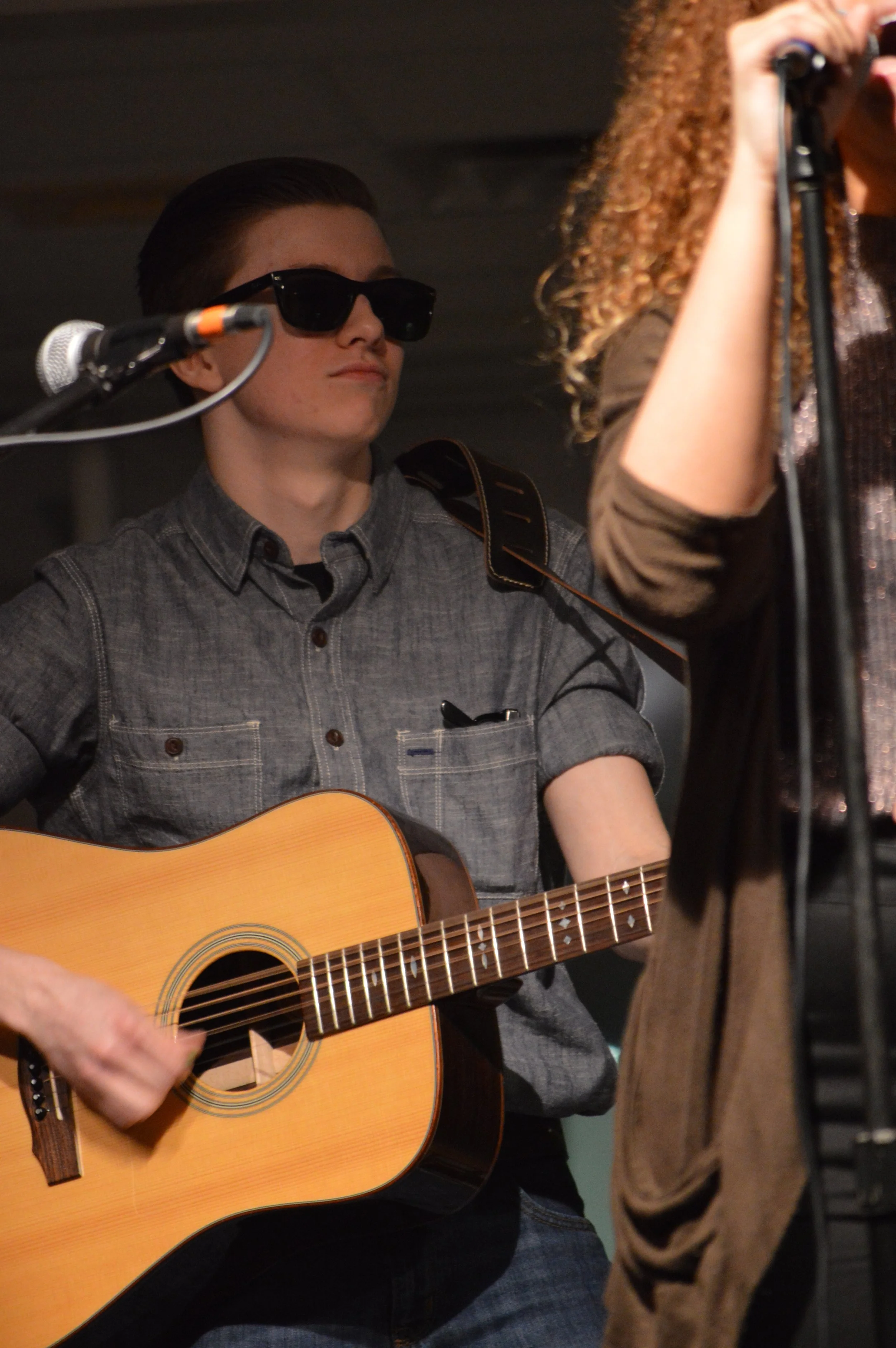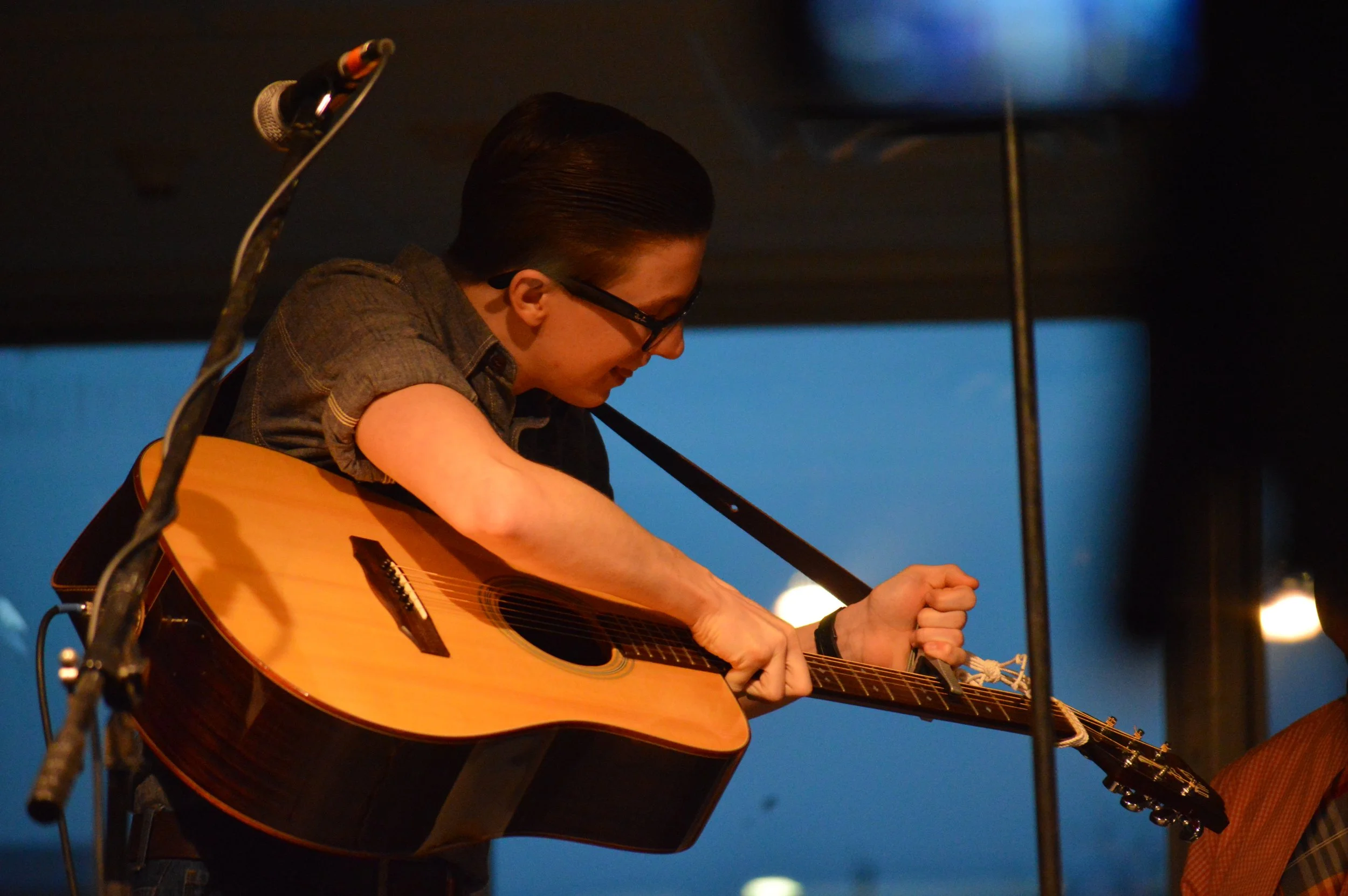Why Humidifying Your Acoustic Guitar Matters: A Lesson I Learned the Hard Way
Being a musician is not just throwing on a guitar, turning the amp up to 11, and rocking out.
There are a lot of aspects to being a well-rounded, educated, and professional musician. Some of these aspects sometimes have nothing to do with playing music at all—being reliable, being on time, etc. (You can actually read more about that exact topic here.)
One important characteristic—and the most relevant for today—is knowing about and understanding your gear.
Like any lesson learned, it starts with an experience. And with any experience, comes a story.
This is the story of how I learned one of the most valuable lessons regarding guitars—one that nearly left me a guitarless guitar player at one of the most important gigs in my early career.
This story takes place in the spring of 2016. I was a junior at Washingtonville High School, and it was a magical time in terms of my music journey. A lot was on the horizon:
I was slowly chipping away at an EP I was releasing myself (a big act for someone doing it alone with a $50 budget),
I was set to do some musical theater work over the summer—a professional goal I’d had for years,
I was writing more than ever after finishing my music theory course the previous year,
I had just begun studying jazz in preparation for college music school auditions.
And most importantly, one of the largest gigs of the year was just two weeks away: Coffee House.
“Coffee House” was an annual performance opportunity for any student at Washingtonville High School to come and perform in an acoustic, open mic-style environment. The cafeteria was transformed into a cozy coffee shop, complete with a stage and refreshments. It was one of the biggest events for musicians and songwriters to show their talents.
Looking back, it had a great vibe—there was so much creativity in the air. It gave performers who might not normally have a platform the chance to share their music with open arms. And best of all? It was always packed. We’d get 30+ performers and tons of parents, students, and community members showing up to support. It was Washingtonville’s equivalent of Woodstock. It was awesome.
As time went on, I became a major part of the event. Once word got out about my versatility on guitar, I started getting lots of calls to accompany people. Singers wanted to perform songs by Adele or Amy Winehouse, but two problems:
They couldn’t play anything to accompany themselves, and
The event discouraged using backing tracks (I don’t remember any being used, honestly).
That year, I had over a dozen people ask me to back them up, in addition to planning my own performance. My own song was maybe three minutes, but I was on-call for the entire 2–3 hour event, continuously getting on and off the stage to support others.
So we're just two weeks out. Everyone had auditioned, the lineup was locked in, and all that was left was to stay sharp and prep.
As any gigging guitar player should do, I gave my guitar some TLC: changed the strings, cleaned off the buildup from all the rehearsing, oiled the fretboard—just making sure everything was in top condition.
That’s when I noticed something weird in the bridge.
There was a very dark line running across it. At first, I thought maybe it was Sharpie or something from marking a setlist. I wished it had been Sharpie.
Upon further inspection, I realized it was a crack. The bridge of my only acoustic guitar had a serious crack—one that definitely wouldn't survive a string change, let alone a 3-hour gig.
Time to panic.
What were my options?
Borrow a guitar? Not many of my friends had acoustics reliable enough to gig with—and mine had a built-in pickup, which was non-negotiable.
Get it repaired? My local shop had a 3–4 week turnaround. Yikes.
Buy a new one? I didn’t have the money.
Full panic mode.
So I did the only thing I could—I told the event coordinator. Luckily, he was also a guitar player and totally understood. He even had an extra guitar I could use. The rest of the story? Smooth sailing. I got through the gig with a guitar that was arguably better than mine, eventually got my acoustic fixed (and later replaced it entirely), and life moved on.
Now the big question: What caused this to happen? Could it have been prevented?
The short answer: Yes. The guitar was too dry.
This entire catastrophe could have been avoided with one simple solution: proper humidification.
Guitars need to be kept at a consistent humidity level. If the humidity is too high, parts can swell and loosen, and in extreme cases, mold can even develop. If it's too low (like in my case), the wood can shrink, crack, and warp. Bad news bears.
So how do you prevent this?
There are tons of products out there to humidify your guitar. The most common type involves a sponge in a container that releases moisture inside the case. It works, but there are drawbacks:
No way to regulate how much humidity is being released
Easy to over-humidify
Mold risk (yes, sponges can mold over time!)
If you use this kind of system, distilled water is highly recommended to avoid introducing minerals from tap water into your guitar.
Is there a better option? Yes.
The system I’ve used for years is the D’Addario Humidipak Maintain System.
It uses the same technology that’s used for preserving cigars (don’t smoke, kids!) and it’s super low-maintenance. You get two fabric sleeves and three gel packs. These packs both release and absorb moisture to maintain the perfect humidity level—totally hands-off.
They even make specialty packs for extreme climates. I usually replace mine a couple times a year. Just swap out the old packs and move on with your life.
As musicians, our focus should be on creating and performing—not gear maintenance. That’s why this system is my go-to: it helps me protect my instruments without taking time away from what really matters.
I’ll include links below to the products I personally use and recommend. These are affiliate links, so if you decide to purchase using them, it helps support this blog and my business—thank you in advance! I’ve also included some photos as a blast from the past to show moments from that gig that (luckily!) went excellently.
Got questions about humidifying your guitar or taking care of your gear in general? Reach out anytime—I love hearing from readers and having those conversations.
D'Addario Guitar Humidifier System: https://amzn.to/3IBYNyo
MusicNomad The Humitar ONE-Acoustic Guitar Humidifier & Hygrometer: https://amzn.to/46SsPpM
Oasis Humidifier: https://amzn.to/487vk9S
Dampit Guitar Humidifier: https://amzn.to/3IO2Uau








